Blayney mine battle approaches parley with new blueprint to appease absent heritage advocates
Work has begun to redevelop the Blayney gold mine in line with a bombshell heritage decision which was made without on-site investigations.
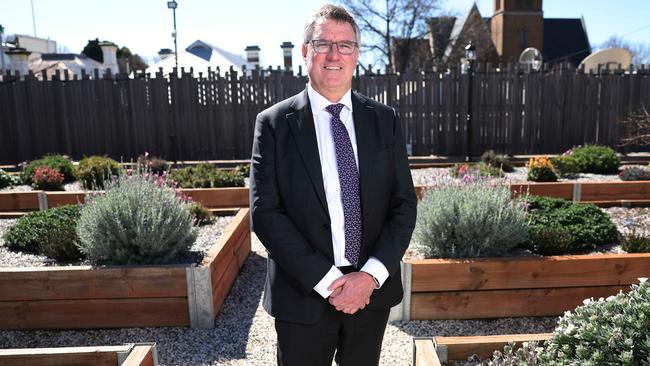
The Albanese government never sent departmental staff to conduct on-site investigations before caving to a fringe Indigenous activist group and junking plans for a million-dollar goldmine in western NSW.
The revelation comes as the company behind the languishing McPhillamys mine in Blayney said it could know by July whether the project could be brought into line with Environment Minister Tanya Plibersek’s mandate to ensure the region’s cultural heritage remained intact.
Ms Plibersek’s declaration forcing Regis to redesign the project faces growing scrutiny after the Department of Climate Change, Energy, the Environment and Water provided no instances of staff travelling to inspect the proposed site.
This was despite the department rejecting the advice of an independent expert who worked in the region and supported the infrastructure.
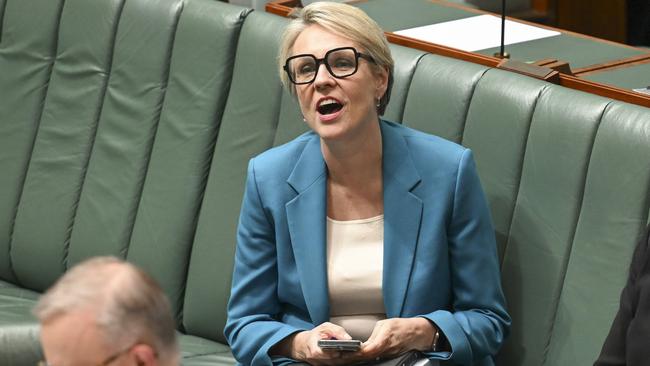
In response to a Senate estimates question on notice, the DCCEEW said it had “considered all information and undertook all actions required” when asked if “any departmental officers visited the site”.
The Australian understands DCCEEW staff did not visit Blayney-Kings Plains during the heritage inspection because of resourcing constraints. Ms Plibersek never visited the site.
Heritage expert Ruth Elvin was hired to assess the proposal, attending the area intermittently through the pandemic and found no reason to block development. Despite this, Ms Plibersek issued a partial heritage decision on the mine’s preferred tailings dam site based on late evidence provided by a splinter Indigenous group.
It means no on-site assessment was carried out after Ms Elvin’s survey, despite Ms Plibersek’s reliance on the 11th-hour submission of the blue-banded bee Dreaming. It plays into developer Regis Resources’ argument the DCCEEW was obligated to treat new evidence with greater rigour, as departmental staff conceded the Dreaming was never independently assessed.
In a quarterly earnings Q&A on Thursday, Regis chief executive Jim Beyer said the mining giant had “commenced the long process of developing an alternative tailings storage solution” for its McPhillamys goldmine project in the NSW Central West.
“We’ll know in six months’ time or so, or even less than that, whether there’s other opportunities,” Mr Beyer said.
“This is a process we still feel could take a number of years to fully assess and make a final decision. We’re going back and we’re actually using some more sophisticated approaches just to check that we’re satisfied that there isn’t an alternative approach to take … Whether that changes materially the scope or not, that remains to be seen, but we’re looking at it.”
While Regis has signalled its intention to investigate alternative proposals since the development stalled, Thursday marked the first acknowledgment such inquiries were under way and had a timeline for delivery.
It comes alongside Federal Court action against Ms Plibersek, in which Regis is seeking a judicial review of the process by which she determined the mine site had significant intangible cultural heritage to the Wiradjuri people. The legal challenge will have its first case management hearing on March 4 under Federal Court judge James Stellios.
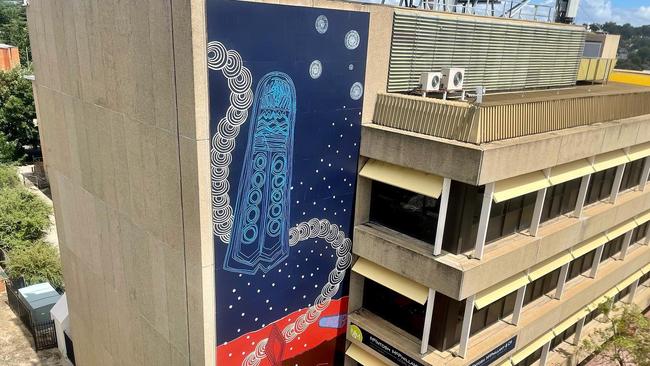
The departmental responses to questions on notice also indicated the statement of reasons that Ms Plibersek used to outline her decision-making process in partially blocking the project were drafted a month after the decision was made, not contemporaneously.


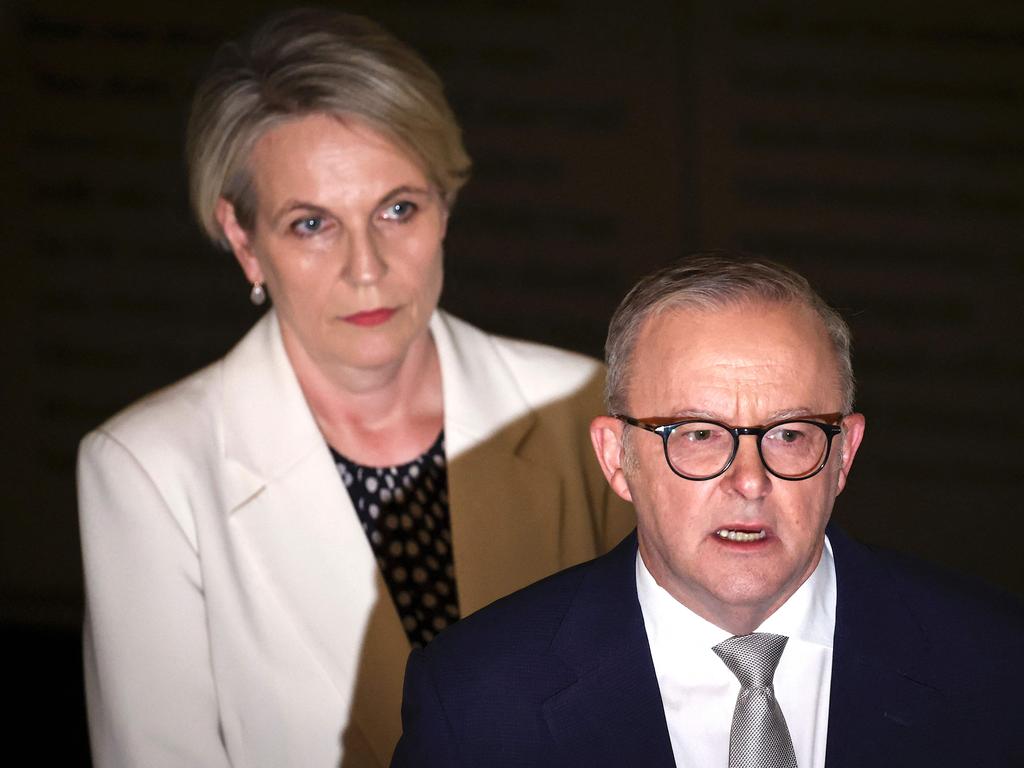



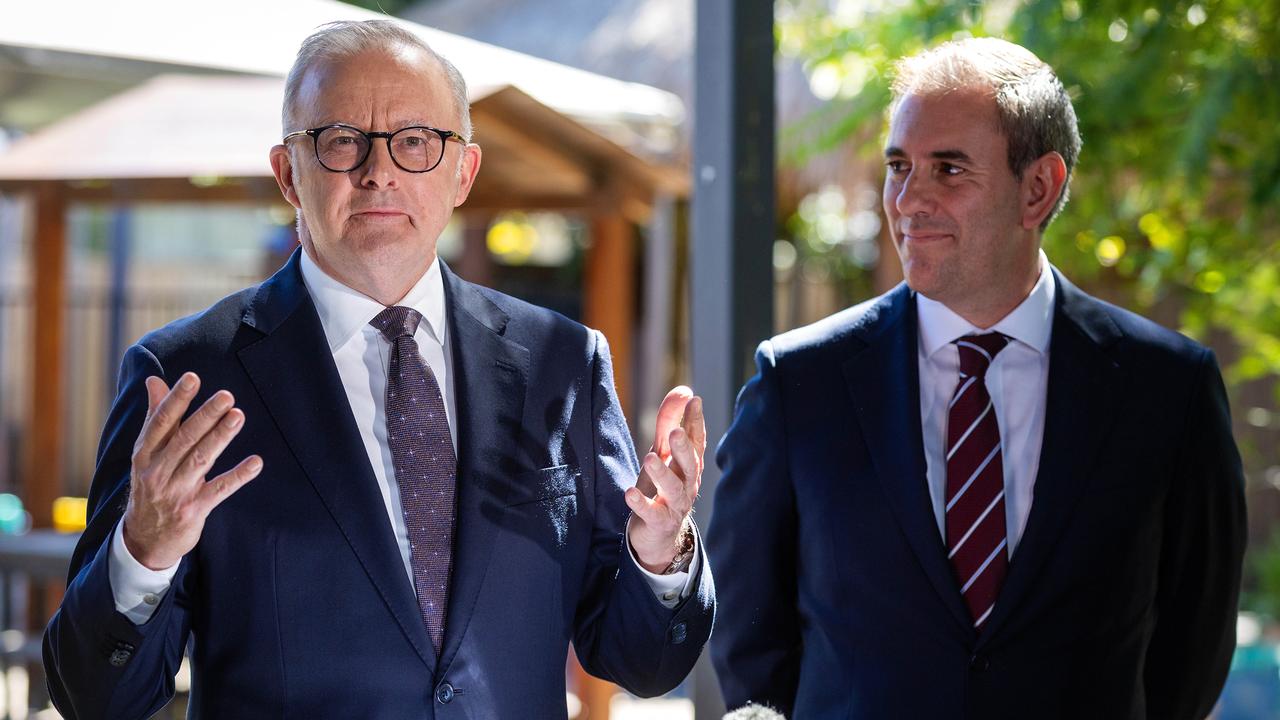

To join the conversation, please log in. Don't have an account? Register
Join the conversation, you are commenting as Logout